The amazing wildlife that Baja is famous for includes the large Eastern population of the North Pacific Grey Whales. They travel down to Mexico to spend the winter months mating, giving birth, and rearing their newborns. The whales arrive after their enormous migration from their summer feeding grounds in Alaska to winter in a few large, protected bodies of water along the Pacific coast including Laguna Ojo de Liebre (Scamman’s Lagoon), Laguna San Ignacio, and Bahia Magdalena. Grey whales were hunted extensively off this coast (Scamman’s Lagoon is named after a famous whaler) through 1949, when they were granted protection from hunting by the International Whaling Commission. Since then this population has rebounded successfully with over 20,000 individuals and were removed from the endangered species list in 1994. Conversely, the western Pacific population of grey whales off Japan is critically endangered with as few as 120 individuals. Remarkably, in this short period of protection the whales in Baja seem to have since lost their wariness of humans. It is common for boats to be approached by curious individuals, old and young alike. They splash and breach and rub their great masses against the boats. New moms push their young closer while the little ones “spy-hop”, their heads above the water’s surface to get a look at the passersby. It’s an incredible thing to witness! The Mexican government now takes special measures to protect these peaceful animals. The two primary lagoons they inhabit are part of the Vizcaino Biosphere Reserve and during the whale season only licensed and trained tour operators are allow to explore the waters. Personal watercraft, like Orion, cannot enter the lagoons.
We had a jawdropping experience when we visited the whales on a Baja road trip years ago and had always hoped to return. With our lollygagging in the states we arrived a bit late in the season but had our fingers crossed there would still be stragglers in the lagoons. The season to view the whales is generally Jan-March, though April can often be a good time because the last to leave are the females and their playful, newborn calves. Going whale watching in Baja is normally a relatively easy venture when you have a car and can simply drive to the tour operators. You may have to drive hours of dusty washboard roads to get there, but you’re more or less guaranteed to arrive eventually. However we are finding that with a boat there are some places you simply cannot go. There are only a limited number of safe anchorages along the coast, which may or may not be near your location of choice. We read in our cruisers’ guide that it might be possible to arrange to go see the whales from an anchorage off the town of Abreojos, only 15 nm north of the entrance to Laguna San Ignacio. So we figured we’d give it a go.
The name Abreojos means “open eyes” and refers to the several hazardous, barely submerged rocky outcroppings that you must be careful to avoid as you approach by sea. To add another level of heartburn to the situation the charts in Mexico are all off by somewhere between 50ft and a couple miles. For example it is not uncommon for our charts to show that we are anchored on land. So you better believe that we made sure that our 24 hr sail here had us arriving with plenty of daylight to look around with eyes wide open. We anchored between two rocky points, just off a tiny town with a windswept malecon (pedestrian boardwalk along the beach) and a lemon-yellow church peaking shyly over the rest of the buildings. Not long after we anchored the wind started to howl… blowing hard enough that getting the dinghy into the water would have been comical at best, dangerous at worst. So we holed up on Orion and watched as numerous kite-boarders took to the water around us. And this was the general rhythm of Abreojos, calm mornings, VERY windy afternoons. Turns out it is a popular destination for wind sports of all kinds… and we can see why.
That night we were joined in the anchorage by another boat, Nomad, who we met in Turtle Bay. Greetings by radio let us know they were there in search of whales too, so we decided to search together the following day. We went ashore and were greeted by a virtual ghost town. The streets were empty, businesses closed, all the fishing pangas were lined up on the beach instead of fishing. It was a Friday and we were confused. We saw a fisherman driving slowly from the beach and asked him what was going on and he told us that is was Easter weekend and everyone leaves town for vacation during this time. Everything was closed except for a couple tiendas and small cafes and of course the church. When we asked about going to see the whales he said that it was possible and that we should visit the ecotourism office on Monday. Let me just note here that he was the first person that we asked about whales. The next four people all had varying answers ranging from “no that is not possible here” to “yes you can pay a fisherman $100 and he will take you to another tour boat and you can pay them to take you into the park (yikes!).” The last person we asked seemed to know what he was talking about said that the only way to do it is to go anchor our boat just outside Laguna San Ignacio and call someone in the park on the radio and they’ll come pick us up with their panga. This last answer was problematic because our cruising guide specifically says that is not a good spot to anchor, and we knew from looking at the chart that once the afternoon wind started up we’d be blown toward a lee shore. We all decided to wait until Monday and visit the ecotourism office… knowing nothing was guaranteed.
We spent the next couple days walking along beautiful beaches, finding shells, spear-fishing, catching up on sleep, reading, and hanging out with Nomad. We all dinghied to shore bright and early Monday morning and sadly found the ecotourism office closed. We found a phone number for a tour operator located within the park and through broken Spanglish asked what to do. They told us that lots of boats anchor just outside the Laguna and get picked up… so that’s what we made plans to do the following morning despite our cruising guide advising against in. That night we were joined by another boat in the anchorage, Shakedown, who we’d also befriended in Turtle Bay. They decided to join the whale party and at 6am the next morning we all took off for the laguna aboard Orion and Nomad. We traveled, bathed in pale reds and oranges of a beautiful sunrise over a glassy sea. When we arrived two hours later we found a good spot to anchor in 15 ft depth NW of the entrance to the laguna and were met by Guillermo who loaded us up for our much-anticipated foray with the whales.
The trip was completely worth the wait! As soon as we entered the laguna we were greeted with blows of grey whale exhalations seen from all sides of the boat. We slowly approached a mom and newborn calf that were gliding through the water in unison, their dark grey backs glistening in the sun. They swam so close to each other that their bodies seemed to be pressed against one another, the mom swimming slowly and uniformly while the young whale rolled and slapped its tail. Closer and closer they came until they were nose to the boat. The calf, rolling on the surface, seemed to be enamored with the back of the boat. Apparently they are attracted to spraying or pouring water like the coolant water spurting out of the motor. Thankfully the tour guides are trained to keep the engines in neutral when whales are near because we saw this behavior repeatedly. As we moved further into the laguna we saw several calves breaching and hopping again and again and again, their long skinny bodies rising halfway out of the water. Though the calves are much smaller than their moms they are still large animals. At birth they are up 15ft long already! When the older whales came alongside the panga we could see that they were covered in barnacles and whale lice that have collected on their bodies over time. It was amazing to see them so close up.
With broad smiles we made our way back to the boats, fortunately beating the afternoon winds. We said goodbye to Guillermo and to the rest of our buddies, who were sailing back to Abreojos, and we got underway to our next stop, San Juanico. As we set our sails in the increasing NW breeze we marveled at the magnificence of the gentle creatures, the tender way they cared for their young, the amazing trust they exhibited with visitors. Reflecting on the human arrogance and short-sightedness that almost lead to the demise of an entire species (along with most other species of whales around the world) I was filled with a mix of shame and hope. The shame was for the repeated story of environmental degradation through unchecked human consumption… with no thought of the long-term costs. The hope I felt was for the recovery that can occur when we choose to open our eyes and protect and preserve our natural resources. And I was just feeling blessed to be able to witness such wild beauty.

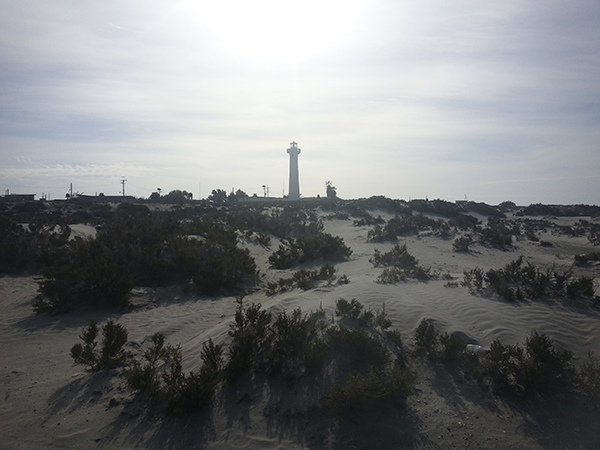

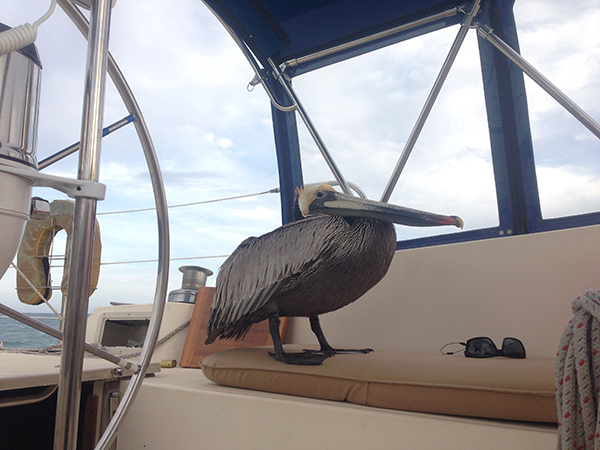
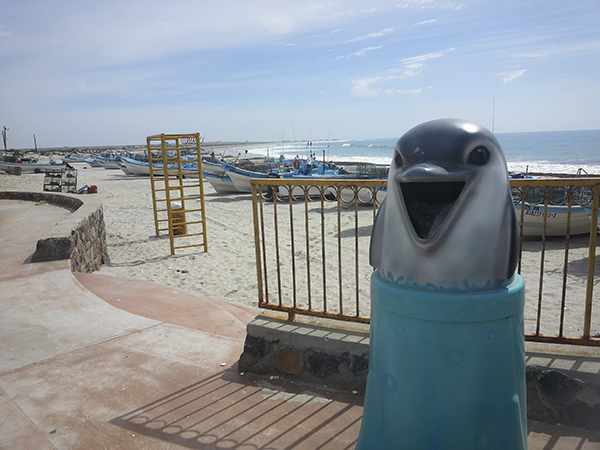
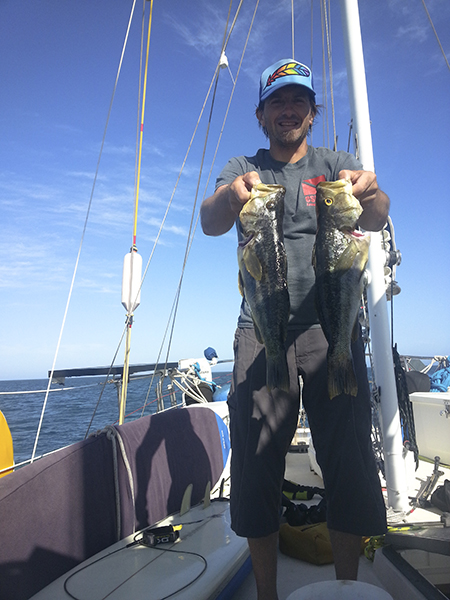
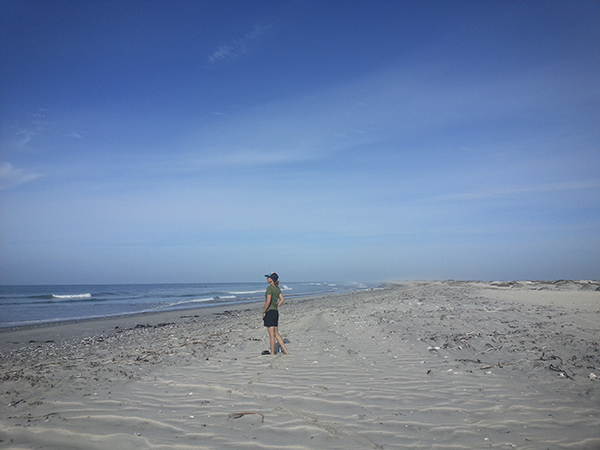













Amen, sister!
Hi Jonah & Megan,
Loved reading this update about Baja – so exciting that you got to see and play with the grey whales, so special – your perseverance paid off!
I’m so happy for you, that you’re getting to view and experience the world in this way, and I love getting to see the beautiful photographs of your journey. Thanks for keeping the blog updated, really fun to get to hear all the details of your adventure.
Love you guys!
XOXO T
Thanks Tara! It was a magical experience. It’s fun being able to share our experiences with you. Love you. xo